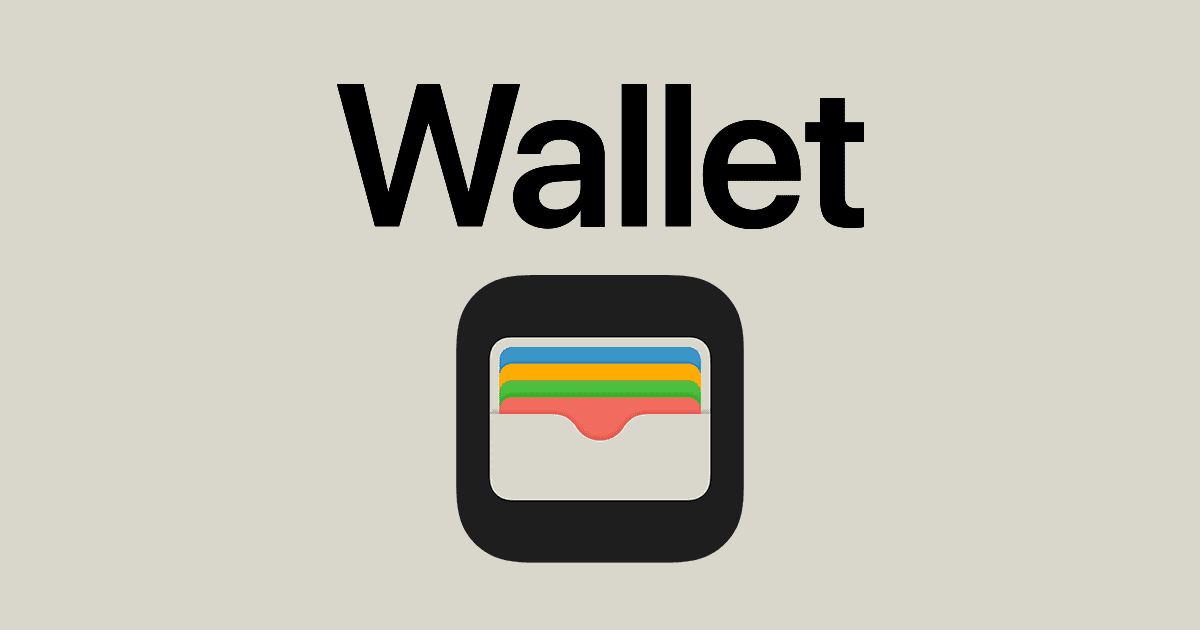Understanding the necessity of an internet connection for wallet apps is important for users who rely on digital transactions in their daily lives. Wallet apps store various items such as cards, tickets, and IDs securely. They also allow transactions such as sending money or making payments. Many users wonder if these services require an active internet connection. The simple answer is that while wallet apps often rely on the internet to access stored information and process transactions, some features may function without connectivity.
Functionality can vary across different wallet apps and their respective features. For instance, initiating a transaction may not be possible without data, yet some information or previous transaction details may still be accessible offline. This accessibility is particularly useful for users who may find themselves without an internet connection but still need to refer to stored information within the app.
Using Apple Wallet: Online vs. Offline Functionality
Apple Wallet offers both online and offline functionality, making it a versatile tool for storing and using various cards and passes. Let’s delve into how internet connectivity affects different Wallet features:
Making Payments
When making payments using Apple Pay in stores, you don’t need an internet connection. The payment information is securely stored on your device, and the transaction is processed using NFC (Near Field Communication) technology.
Adding New Cards
Adding new cards to Apple Wallet requires an internet connection. Your device needs to communicate with your bank or card issuer to verify the information and activate the card for Apple Pay.
Using Transit Cards and Tickets
For transit cards and tickets stored in Apple Wallet, you usually don’t need an internet connection to use them. The relevant information is stored locally on your device, allowing you to tap and go even without data or Wi-Fi.
Updating Passes
Some passes, such as boarding passes or event tickets, might require an internet connection to update with the latest information. This ensures you have the most up-to-date details before using the pass.
Apple Cash and Peer-to-Peer Payments
Apple Cash transactions and sending or receiving money with other Apple Pay users require an internet connection. This is because the transactions involve transferring funds online.
Loyalty Cards and Rewards
Using loyalty cards or accessing rewards programs through Apple Wallet might require an internet connection, as the information often needs to be updated or verified online.
At a Glance: Online vs. Offline Usage
| Feature | Internet Connection Required |
|---|---|
| Making Payments (Apple Pay) | ❌ |
| Adding New Cards | ✅ |
| Using Transit Cards/Tickets | ❌ (usually) |
| Updating Passes | ✅ (sometimes) |
| Apple Cash/Peer-to-Peer Payments | ✅ |
| Loyalty Cards/Rewards | ✅ (often) |
Key Takeaways
- Wallet apps typically need internet access for transactions.
- Some app features may be available without a data connection.
- Offline access can be useful for retrieving stored details.
Functionality of Wallet Apps Without Internet
Wallet apps enable contactless payments at a payment terminal, but many wonder how they work without an internet connection. This section explores the technical aspects of such transactions.
Understanding Offline Transaction Processing
Most wallet apps can process payments using Near Field Communication (NFC) technology even when the device is offline. NFC allows two devices, such as a smartphone and a card reader, to communicate when they are close together. During the transaction, the wallet app shares a token with the payment terminal. This token represents the user’s payment information and is verified offline by the terminal.
Comparing NFC Technology and Data Requirements
NFC technology plays a central role in enabling offline wallet app usage. NFC does not require an active internet connection to facilitate a transaction between the wallet app and the card reader. While some payment terminals might need a connection to process the payment, the user’s device does not have to be online at the time of the transaction.
Limitations of Offline Wallet App Usage
Despite the convenience, there are limitations to using wallet apps offline:
- Transaction amount limits: There could be a lower limit on the transaction size when processed offline.
- Payment terminal requirements: The terminal must have the capability to handle an offline transaction.
- Occasional online syncing: Wallet apps need to sync with the bank periodically, which requires an internet connection.
Each transaction uses secure elements within the user’s device to safeguard payment information, ensuring that even without an internet connection, the payment is protected.
Connectivity and Wallet Apps
Wallet apps allow transactions through secure connections without always needing a personal internet connection. However, connectivity plays an essential role in their overall functionality.
Role of Cellular and Wi-Fi in Wallet App Transactions
Businesses use devices that connect to banks to process payments, such as those made with Apple Pay on an iPhone or iPad. Users don’t always need their own data plan active. Transactions can occur with the merchant’s POS system connecting to the necessary payment networks.
How to Manage Data Usage with Mobile Payments
Users can manage their data effectively to limit usage during mobile payments. Turn off mobile data to force a device to use available Wi-Fi. This can prevent roaming charges, which can be high, especially when traveling.
Using Wallet Apps While Traveling
While traveling, it’s smart to use wallet apps to avoid carrying cash or cards, which can be less secure. To avoid data roaming costs, users should download a payment app that works offline or ensure they have an international data plan. This helps manage costs and maintain the speed and convenience of mobile payments.







